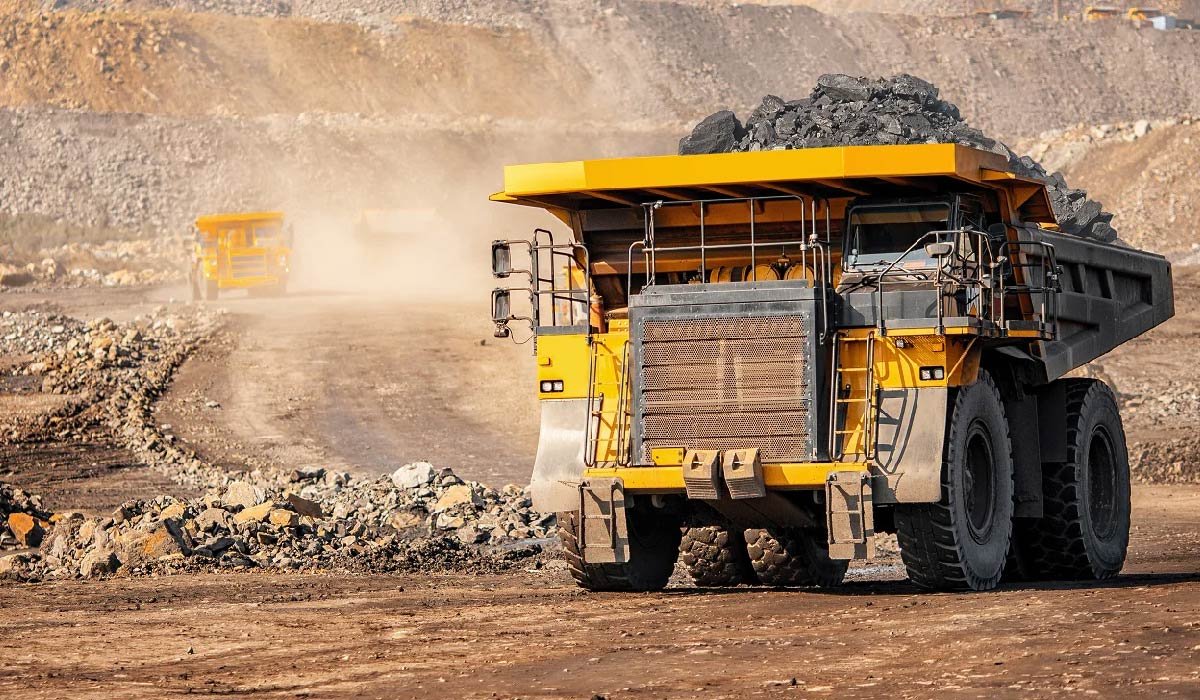Managing industrial coal dust poses one of the significant challenges within the resource extraction and energy production sectors. It is crucial for operations to address this pervasive issue with strategic and effective measures. This article delves into the various facets involved in the comprehensive management of coal dust and the industry’s best practices designed to mitigate its impact.
The Impetus for Managing Industrial Coal Dust
The principal reasons for controlling industrial coal dust revolve around health, safety, and environmental concerns. Coal dust can have dire effects on workers’ health, contributing to respiratory issues such as pneumoconiosis, also known as ‘black lung’ disease. Moreover, it poses considerable risks of explosion and may lead to increased maintenance costs for machinery due to dust accumulation. The impact on the environment cannot be understated, with potential contamination of soil and water bodies.
Assessment of Coal Dust Generation
Before establishing control measures, industries must conduct thorough assessments to understand the sources and extent of coal dust generation. This involves analysing operations such as extraction, transportation, and processing of coal. It is essential to identify the stages where dust emission is most pronounced to custom-design interventions accordingly.
Engineering Controls for Dust Suppression
Engineering controls form the first line of defence in managing coal dust. Enclosures or sealed conveyance systems can drastically reduce airborne dust during the processing and movement of coal. Implementing dust extraction and collection systems, such as baghouses or electrostatic precipitators, can capture fine particulates effectively. Additionally, controlling the moisture content of coal through conditioning processes can prevent dust from becoming airborne.
Administrative Controls and Work Practices
Along with engineering solutions, administrative controls are vital. These may include modifying operational protocols to reduce dust generation or scheduling maintenance and housekeeping to prevent dust accumulation. Ensuring that machinery is well-maintained and operates correctly reduces dust emissions and improves efficiency.
Personal Protective Equipment (PPE)
In scenarios where dust cannot be wholly contained, personal protective equipment is crucial for safeguarding the health of employees. Masks or respirators should be provided to workers operating in dusty environments, together with training on their use and maintenance.
The Role of Vegetation and Landscaping
Outside the confines of industrial infrastructure, introducing vegetation barriers and employing landscaping techniques are practical methods of dust control. Vegetation can act as a natural barrier catching airborne particles, while appropriate landscaping can reduce soil erosion, a significant source of dust generation.
Regulatory Compliance and Monitoring
Industries dealing with coal dust must adhere to environmental and occupational safety regulations. Continuous monitoring using dust sampling equipment is critical to ensure adherence to set thresholds. This not only helps in regulatory compliance but also in adjusting control strategies as necessitated by changing conditions or standards.
Training and Awareness
Educating workers on the hazards associated with coal dust and the practices to minimise exposure is necessary for any comprehensive management plan. Regular training sessions contribute to heightened awareness and a culture of safety within the workplace.
Community Engagement
Since coal dust can extend beyond the immediate vicinity of industrial operations, engaging with the local community becomes important. Providing transparent information on measures taken to control dust and seeking feedback on its effectiveness can foster a positive relationship with community stakeholders.
Innovations in Dust Control Technology
Advancements in technology continue to bring new solutions to the fore. Innovative dust control products and chemicals that create a seal on coal piles or during transportation can significantly diminish fugitive dust emissions. Researching and investing in such technologies underscores an industry’s commitment to progressive dust management practices.
The Cost-Benefit Analysis of Dust Control
While implementing dust control measures may incur costs, the long-term benefits cannot be ignored. Reduced health risks for employees, fewer operational interruptions, and the avoidance of potential fines or legal liabilities due to regulatory non-compliance solidify the value proposition of effective coal dust management.
The Global Perspective
As the issue of industrial coal dust is not unique to any single region, global insights and cooperation in developing dust control standards are indispensable. International best practices and guidelines can aid industries in crafting locally relevant but globally informed management plans.
Conclusion
Ensuring the well-being of workers and the environment requires an all-encompassing approach to managing industrial coal dust. Through a combination of engineering solutions, workforce training, regulatory compliance, community engagement, and innovative technology adoption, industries can effectively tackle the challenge. The goal is not simply to combat dust emissions but to do so in a way that is sustainable and economically prudent. Maintaining robust dust control protocols is critical for the health of employees, the surrounding communities, and the planet at large.
The Future of Coal Dust Management
The future of managing industrial coal dust lies in ongoing improvement and adaptation. As our understanding of the risks evolves and more advanced control techniques become available, continuous improvement in the approach towards coal dust will be necessary. By embracing leading-edge solutions and fostering a culture of best-practice adherence, industrial entities can reduce the footprint of coal’s dust to minimal levels, thereby protecting both human health and our ecological systems.
Connect with Industry Experts
In conclusion, addressing the challenges posed by industrial coal dust demands a concerted and multifaceted effort. By engaging with industry experts who offer a vast repository of knowledge and solutions, businesses can stay ahead of the curve. For more information on handling industrial coal dust, explore resources available from experts in the field, such as those at James Cumming & Sons.
For More Information Visit Walkermagazine
















Leave a Reply